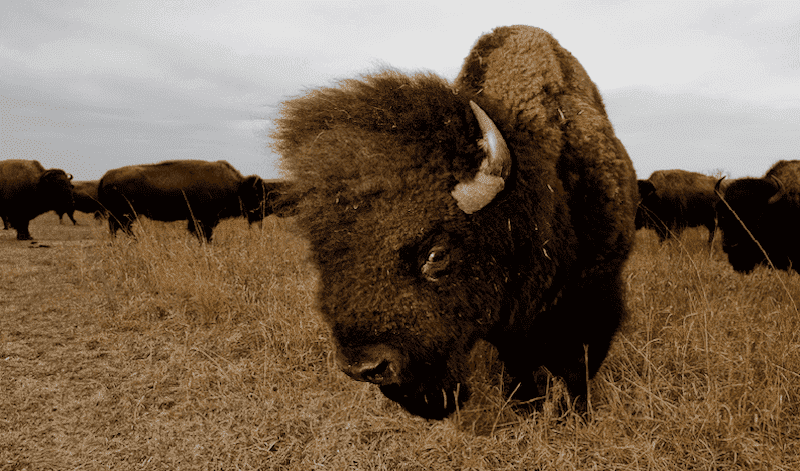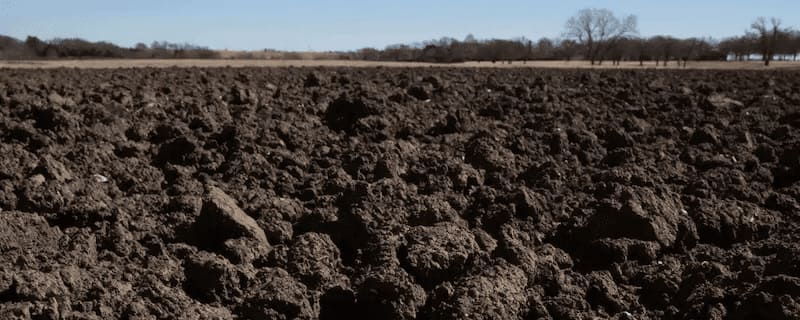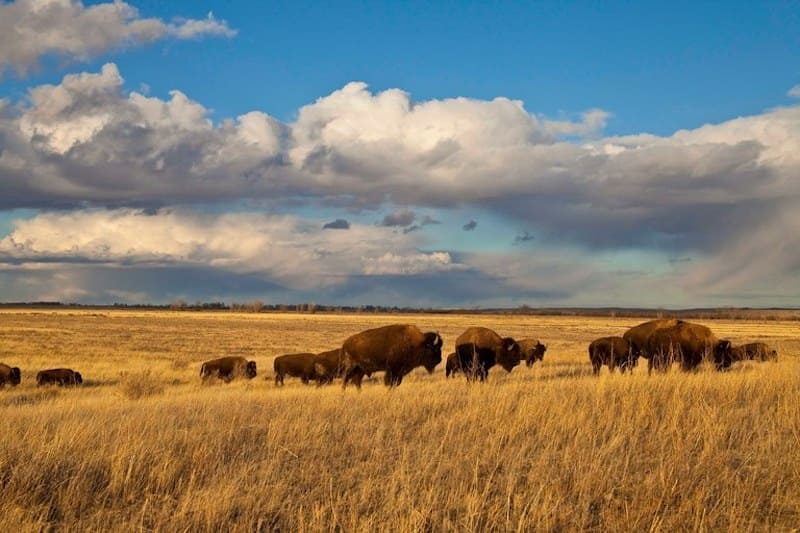Uncovering the Secrets of Buffalo Soil: How Bison Create Black Gold in the Prairies
The prairies of North America are known for their rich, black soil that is incredibly fertile and supports diverse plant life. But have you ever wondered how this soil came to be? The answer lies in the history of buffalo grazing and its profound impact on soil composition and structure. For thousands of years, bison roamed the prairies, shaping the land and leaving behind a legacy that can still be appreciated today. In this blog, we will explore the fascinating relationship between bison and soil, uncovering the secrets of how these majestic creatures created the black soil of the prairies.
The Fascinating History of Buffalo Grazing and Its Effect on Soil
Buffalo, or more accurately, bison, once dominated the vast grasslands of North America. These massive herbivores played a crucial role in shaping the prairie ecosystem, especially the soil. As they grazed on the grasses, bison trampled the ground, breaking up the soil crust and creating small depressions. This disturbance allowed rainwater to infiltrate the soil more easily, preventing erosion and promoting the growth of deep-rooted plants.
The bison's diet also influenced soil composition. Their selective grazing patterns favored certain plant species, leading to a more diverse plant community. This diversity, in turn, enhanced soil nutrient up cycling and the accumulation of organic matter. Bison, through their feeding habits, unknowingly contributed to the formation of the rich, black soil that in some places was 20 feet deep.
Understanding Grassland Ecology and the Dynamics of Soil in Bison Habitats
To truly understand the impact of bison on soil composition and structure, it is essential to learn about the intricacies of grassland ecology. Grasslands are unique, characterized by their wind-waved grass cover, adapted to withstand drought, extreme cold and land-clear grazing. The grasses in these habitats formed a symbiotic relationship with soil microorganisms, exchanging nutrients and promoting soil health.
Exploring the 20-foot-deep Soil Left Behind from 10,000 Years of Bison Grazing
The legacy of bison grazing on prairie soil can be seen in the depth of the soil itself. Over thousands of years, the continuous trampling and grazing by bison led to the accumulation of organic matter and the formation of deep, fertile soil. In some areas, this soil can reach depths of up to 20 feet, a testament to the profound impact that bison had on the prairie ecosystem.
This deep soil profile provides a wealth of nutrients and organic matter that supports the growth of diverse plant species. It also helps retain moisture, making the prairies more resilient to drought. The 20-foot-deep soil left behind by bison grazing is a remarkable example of how nature can shape the land and create a foundation for native plants and animals.
The Unique Characteristics of Bison-Created Fertile Soil
The black soil found in the prairies, often referred to as "buffalo soil," is distinct in its composition and characteristics. It is highly fertile, rich in organic matter, and possesses excellent water-holding capacity. The dark color of the soil is a result of the accumulation of decomposed plant material and the presence of carbon. This dark color allows the soil to absorb more sunlight, promoting the growth of plants and enhancing overall ecosystem productivity.
Buffalo soil is also known for its ability to retain nutrients, preventing them from leaching away. This characteristic is essential for sustaining the diverse plant communities of the prairies. The unique combination of fertility, water retention, and nutrient-holding capacity makes buffalo soil a valuable resource for agricultural purposes and ecosystem restoration.
The Role of Bison in Soil Rehabilitation and Prairie Land Restoration
In recent years, there has been a growing recognition of the importance that bison can have in soil rehabilitation and prairie land restoration efforts. The reintroduction of bison to degraded landscapes has shown promising results in terms of soil health and ecosystem recovery. By re-building herds, and allowing them to graze and trample the land, we can mimic the natural processes that shaped the prairies of the past.
Bison grazing promotes the regeneration of native grasses, such as Indian grass, Buffalo grass, Dropseed, Cordgrass and Switchgrass, increases soil organic matter, and enhances nutrient cycling. The trampling action of bison breaks up compacted soil, allowing for better water retention, infiltration and root penetration. These combined effects lead to superior soil structure, increased biodiversity, and the reestablishment of a climate resilient prairie ecosystem.
Case Studies and Success Stories of Soil Rehabilitation through Bison Reintroduction
Bison reintroduction has shown numerous benefits for soil rehabilitation and ecological restoration, especially in tribal and natural reserve areas. Studies highlight how bison influence the landscape and ecosystems through their natural behaviors like grazing, trampling, and wallowing. These activities help in maintaining diverse grassland ecosystems, which are crucial for the survival of many other species and for enhancing soil quality.
TFor example, the restoration of bison to tribal lands has been particularly successful in combining cultural restoration with ecological benefits. Organizations like the InterTribal Buffalo Council have facilitated the reintroduction of bison on tribal lands, significantly impacting the local communities culturally and economically while improving biodiversity and soil conditions. This reintroduction supports food sovereignty and the economic development of Native American tribes, as they reconnect with a keystone species historically central to their culture.
In addition to cultural and ecological restoration, bison reintroduction aids in mitigating the impacts of climate change on the Northern Great Plains, which are becoming less sustainable for agriculture due to warming and drying trends. Bison's adaptability to harsh conditions makes them better suited than cattle for these environments, thus playing a role in sustaining the ecosystem under changing climatic conditions.
Scientific studies also indicate that bison reintroduction enhances soil quality and increases plant biodiversity. For instance, bison grazing has been shown to increase the proportion of native plants and improve soil quality in grasslands, which benefits a wide range of plant and animal species. The presence of bison can lead to healthier soil and more robust grassland ecosystems, crucial for sustainable agriculture and ecological health.





.png)
.png)
.png)

.png)